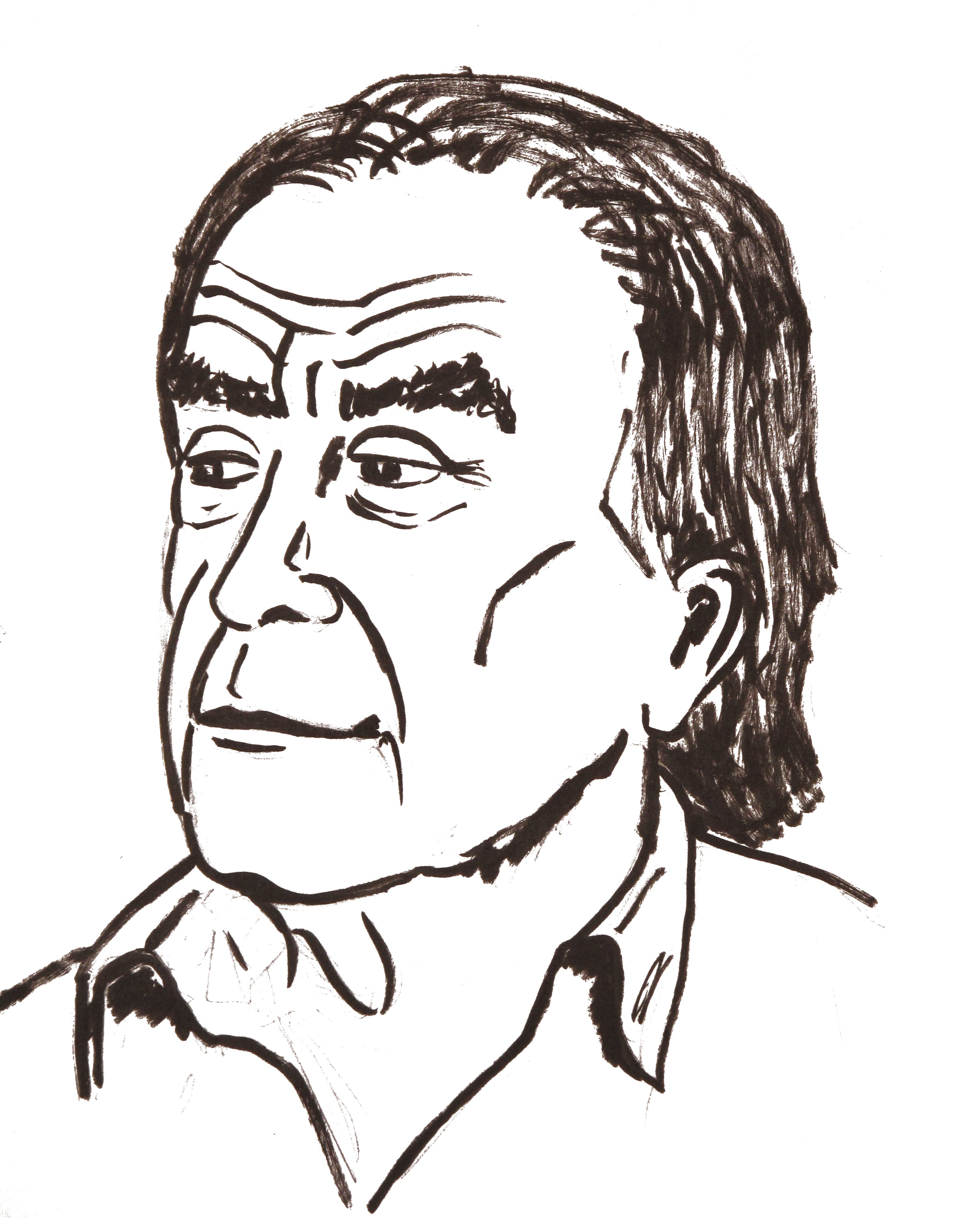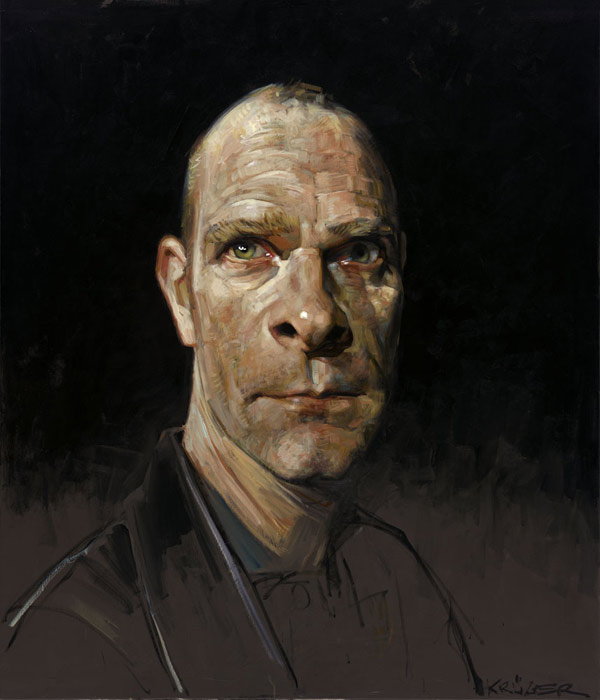The Most Famous Caricaturists in History: Masters of Exaggeration and Wit
Caricature is the art of exaggeration, but it’s not just about big noses, giant ears, or elongated chins. At its heart, caricature is about essence. A master caricaturist can take a single glance at a person and distill not just their physical features but also their personality, status, and even their politics, all into a single image. It’s a skill that blends artistry, observation, satire, and often, a touch of rebellion.
Over the centuries, there have been caricaturists who didn’t just draw faces, they shaped public opinion, changed how we see the powerful, and captured the spirit of their times. Let’s take a journey through the lives and works of some of the most famous caricaturists in history.
1. Leonardo da Vinci (1452–1519) – The Original Eye for Exaggeration

Yes, you read that right. Long before the term “caricature” existed, Leonardo da Vinci was already toying with the idea. Among his notebooks, you’ll find grotesque, exaggerated faces, old men with massive noses, strange expressions, and distorted proportions.
These weren’t meant to mock, but to study human variety and character. For Leonardo, these drawings were an experiment in human emotion and physical uniqueness. Some even call him the father of caricature, though his works were more scientific than satirical.
2. James Gillray (1756–1815) – The Savage Satirist of British Politics

In the late 1700s, James Gillray changed caricature forever. Working in London during a time of intense political turbulence, Gillray’s biting political cartoons skewered kings, queens, and parliament members with ruthless exaggeration and razor-sharp wit.
He mocked everyone - from George III to Napoleon Bonaparte. His prints were scandalous, hilarious, and often offensive, but always popular. What made him unique was his ability to combine fine artistry with wild distortion. If you ever want to see how caricature became a political weapon, Gillray is your man.
3. Honoré Daumier (1808–1879) – The French Revolutionary with a Pencil

Honoré Daumier was more than a caricaturist. He was a force of resistance. Living in post-revolutionary France, Daumier used lithographs and caricature as his way to fight back against authoritarian regimes.
His most famous target? King Louis-Philippe, whom he infamously portrayed as a bloated pear. The image was so powerful it landed him in jail. But Daumier didn’t stop. Over the years, he created thousands of prints for satirical magazines like La Caricature and Le Charivari.
His work had a raw, expressive quality, part art, part protest. Today, art historians place him alongside the greats not just for his technique but for his fearless voice.
4. Thomas Nast (1840–1902) – The Father of the American Political Cartoon

When Americans think of caricature, especially in the context of political cartoons, Thomas Nast is often the first name that comes up. A German immigrant, Nast became a household name in 19th-century America, particularly during the Civil War and Reconstruction.
He used his art to attack political corruption most famously, the Tammany Hall political machine and its leader, William “Boss” Tweed. Nast’s drawings were so impactful that Tweed reportedly said, “Stop them damn pictures! I don’t care so much what the papers write about me, my constituents can’t read; but damn it, they can see pictures!”
Fun fact: Nast is also credited with creating the modern image of Santa Claus and the Democratic donkey and Republican elephant. Talk about influence.
5. Al Hirschfeld (1903–2003) The Broadway Whisperer

Al Hirschfeld didn’t draw politicians or war he drew stars. For nearly a century, his elegant, swooping line drawings graced the pages of The New York Times, capturing the charm and charisma of Broadway performers, movie stars, and musicians.
What made Hirschfeld special was his restraint. Unlike the grotesque exaggerations of his predecessors, Hirschfeld’s style was minimal and lyrical, a single line could become an eyebrow, a cheekbone, or a smile.
He also famously hid his daughter’s name, “Nina,” in almost all his drawings, prompting readers to treat his artwork like a visual puzzle.
6. Gerald Scarfe (b. 1936) – The Punk Rock Satirist

Known for his work with The Sunday Times and The New Yorker, Gerald Scarfe brought an anarchic energy to modern caricature. His figures are often grotesque and twisted, reflecting the darker, absurd side of politics and celebrity.
Scarfe’s reach extended beyond newspapers - he was the visual force behind Pink Floyd’s “The Wall” (the album and the film) and designed characters for Disney’s “Hercules”. His unique style, jagged, furious, and emotionally charged has made him one of the most influential caricaturists of the modern era.
7. Sebastian Krüger (b. 1963) – The Hyper-Realist

Caricature took a wild new direction in the hands of Sebastian Krüger, a German artist known for painting mind-blowingly detailed caricatures of celebrities from Mick Jagger and Keith Richards to Clint Eastwood and Barack Obama.
Krüger’s work blurs the line between realism and exaggeration. His paintings are often huge, oil-on-canvas works, where every wrinkle, pore, and eye glint is rendered meticulously yet the subject is unmistakably exaggerated.
He’s part of a new school of caricaturists who are pushing the boundaries of what this art form can be taking it off the page and into the gallery.
Caricature isn’t just about making people laugh though it does that brilliantly. It’s a mirror, often a distorted one, but one that reflects truth in its own way. Whether it’s Daumier challenging the monarchy, Nast fighting corruption, or Hirschfeld celebrating showbiz, each caricaturist tells us something about the time they lived in.
In a world flooded with polished images and carefully curated selfies, caricature remains refreshingly raw, bold, and honest. And thanks to these masters of the craft, the art of exaggeration continues to evolve reminding us that sometimes, the best way to reveal the truth is to distort it.